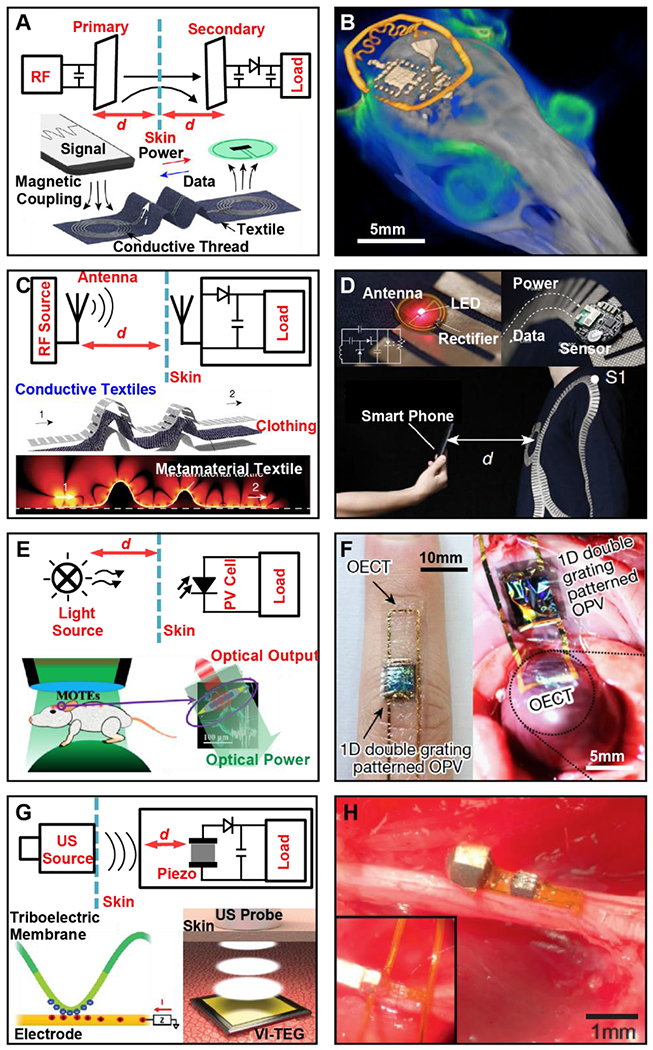Figure 2. External power sources for wireless, battery-free sensors.

A, Operation mechanism of magnetic resonant coupling power transfer (upper half); Illustration of an E-textile-enabled near-field power transfer strategy to drive body sensor networks (lower half). B, 3D rendering of a micro-CT scan and MRI scan of a mouse implanted with a wireless photometric probe to monitor the Ca2+ dynamics in the brain. C, Operation mechanism of RF transmission-based power transfer (upper half); illustration and simulated electric field distribution of a wearable body area power transfer network enabled by metamaterial textile. D, Photographs of cardiac indicator (upper left) and temperature sensors (upper right) powered by the metamaterial textile, and demonstration of secure communication using a smartphone (lower image). E, Operation mechanism of photovoltaic-powered implantable sensors (upper half); Implementation strategy of a microscale optoelectronically transduced electrode (MOTE) with green light as input power source and red light as output for data communication. F, Photographs of sensors comprised of flexible organic photovoltaic (OPV) cells and organic electrochemical transistors (OECT) for wearable (left) and implantable (right) cardiac signal recording. G, Operation mechanism of ultrasonic power transfer with a piezoelectric crystal as implantable transducer (upper half); a vibrating and implantable triboelectric generator (VI-TEG) used to harvest ultrasonic energy (lower half). H, An ultrasonic-powered miniaturized device for wireless recording in the peripheral nervous system.
